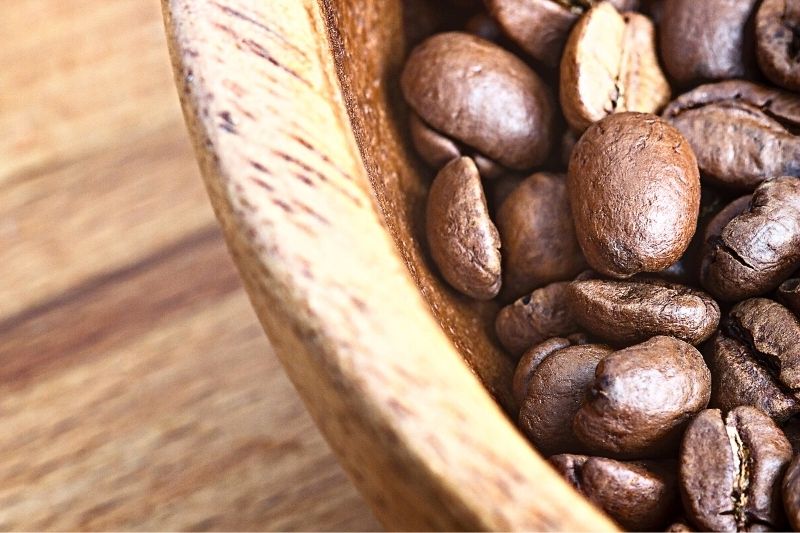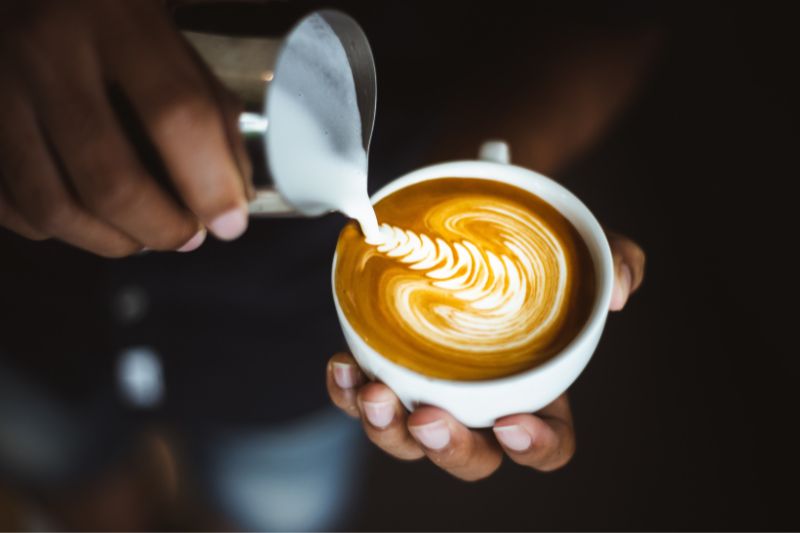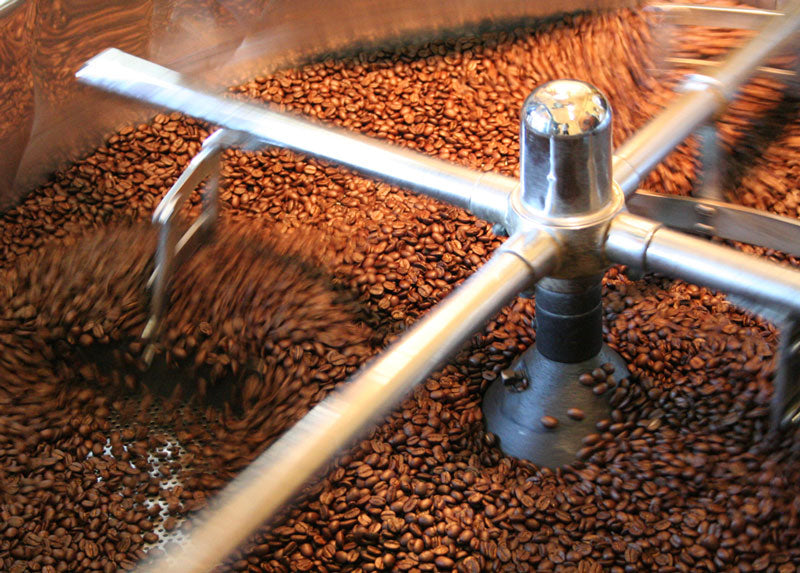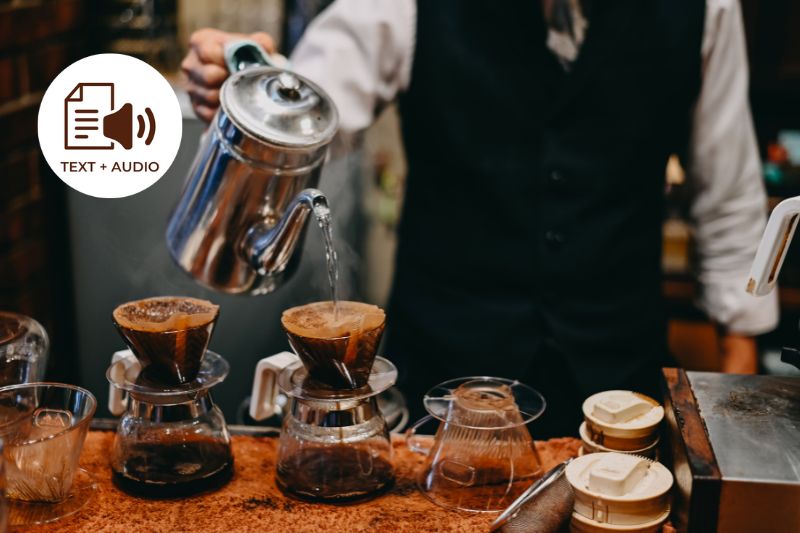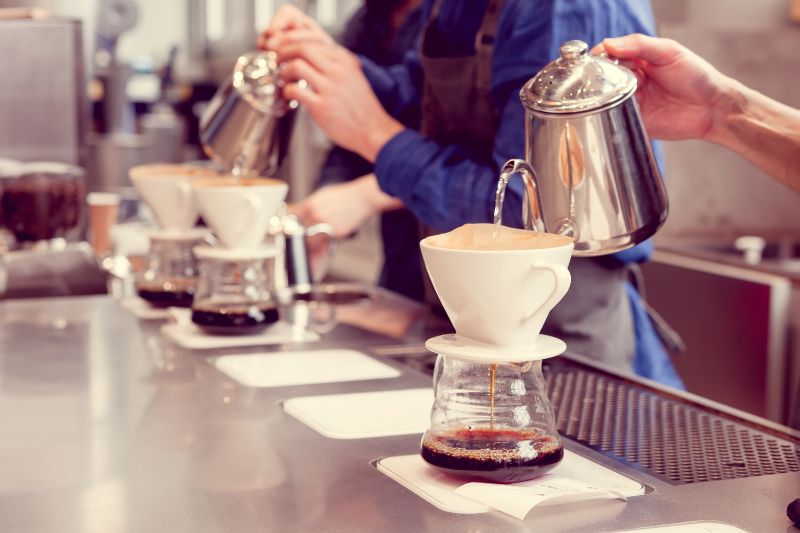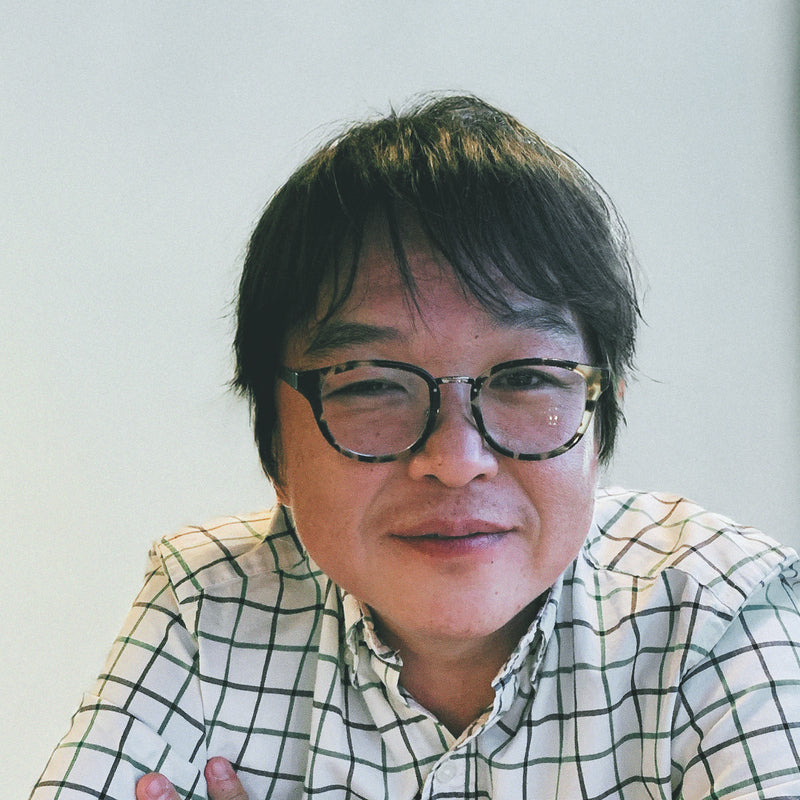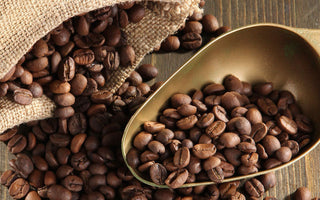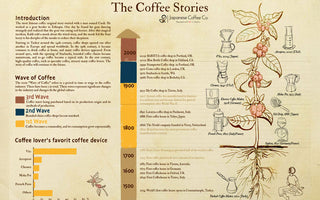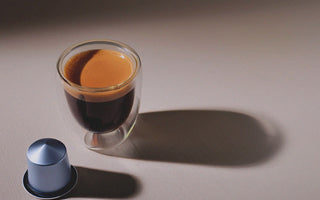Introduction
Across the centuries, dozens of different ways have been created, by ingenious coffee lovers, to make their favourite drink better.
From Turkish coffee, all the way to today’s Espresso machines, more and more devices have been invented to elevate coffee-drinking experience to even greater heights.
One of these devices is the Siphon, and it is by far one of the most peculiar, yet intriguing ways one could use to brew coffee.
Just imagine having an oversized hourglass on your table, that looks like a work of art and is used to make your favourite beverage using physics.

On the bright side, this little device is an eye-pleaser that makes high-quality coffee, and it is available for anyone who might want to try it.
On the other hand, it is pretty difficult to operate when compared to other brewing methods, like Drip machines or French Presses, so making a high-quality cup might take some practice.
Of course, for such a sophisticated method, there is a small group of individuals that can produce absolute miracles, and this has been demonstrated multiple times up to now.
Just like the World Barista Championship, there are competitions devoted to this method and as a result, many exceptional results have emerged over the years.
Today we will talk about one of these tournaments specifically, the one that gave birth to all the others, when it comes to Siphon-brewed coffee, the Japan Siphonist Championship.
But before we do that, let’s take a closer look to what the Siphon is…
What is the Siphon Brewing Method?
The Siphon is a brewing method first patented by Loeff of Berlin in the 1830s. It was not however, until the 1840s that it was successfully commercialized, by a woman named Marie Fanny Amelne Massot of Lyons (also known as Mme. Vassieux), in France.
A Siphon coffee maker, also known as Vacuum, is a great example of how physics can be used to make a very clear and full of aroma cup of coffee.
Basically, by taking advantage of the vapor pressure and gravity, it brews the coffee between two small chambers, by heating the lower one.
It has the size of a normal drip coffee machine, and the shape of an hourglass, with two “glass balloons”, stacked on top of each other.
The heat causes pressure to be applied to the water in the bottom chamber, forcing it inside a tube leading to the top, where the ground coffee is located.
Before starting to brew the coffee, a special filter has to be soaked, for at least a few minutes in hot water. There are several different filters for Siphon Coffee Makers, made of cloth, paper, nylon and even metal, even though paper and cloth are the most common.
Once the water starts boiling, it will move to the top chamber through the tube, and then the heat can be turned down, just enough to maintain a temperature around 85 and 90 degrees Celsius (185-195 Fahrenheit).
That’s when the coffee is dropped in the hot water and submerged with a spoon or butter knife. Medium to fine grinds, are exceptional for this method.
After 70-75 seconds, the siphon is removed from the heat source, and you can stir your coffee.
From this moment, it will most likely take around a minute for the coffee to drip in the bottom chamber, and when only the residual grounds are left at the top, the final drink is ready.
It should be noted, that at around the same period Mme. Vassieux, invented her Siphon, another inventor in Scotland came up with a similar idea, only with a different design.
His name was James Napier, and even if the physics are very close, his Siphon has one chamber and one cup next to it, with a tube stretching from the top of the chamber to directly above or inside the cup.
It is also known as the Balance Siphon, but it is not as popular as the normal one. Still, it’s just as eye pleasing as the Hourglass design.
The Japanese Siphon Brewing Method
There are two widespread siphon brewing methods. The American and the Japanese one. They bare a lot of similarities, with the process described above being roughly the same, however, the Japanese method is a bit trickier.
Basically, after the water ascends to the top chamber, and it occupies a height of roughly one inch, that’s when the coffee grounds are immersed.
It should be left untouched after that for 30 seconds, and the urge of stirring early should be suppressed, as this will ruin the procedure.
A maximum of 12 rotations is advised, and the goal is to generate the deepest whirlpool with the least number of stirs.
After 30-90 seconds, the coffee should have descended back to the lower pot, otherwise the coffee is too finely ground.
It should also be noted, that in the Japanese method, in contrary to the American one, the top chamber is attached and locked in place, only after the water in the bottom chamber has started to boil.
About the Japan Siphonist Championship (JSC)
Unlike the Japan Barista Championship, that started taking place in Japan after other countries had already given the example, and the World Championship was already held for over two years, the JSC originated in Japan and from there spread to the world stage.
It started taking place in 2003, inspired by the WBC, but it emphasized on a brewing method more commonly found in Japan and other Asian countries.

It is held by the Specialty Coffee Association of Japan annually, like several other coffee-related tournaments, and for those that want to know more about the organization, I will link a relevant article about the SCAJ over here.
In contrary to the JBC, where the competitors are evaluated on 3 kinds of drinks, in the JSC, participants only have to prepare two.
These two are a normal Siphon coffee, and a Signature Beverage, three of each, one for each judge.
The competing duration of 15 minutes is the same, but attention is put on different aspects of the cup and the performance.
The winner of the JSC, gets to participate as a representative of Japan in the World Siphonist Cup, that started taking place in 2009, after the Specialty Coffee community’s attention fell upon the spectacular results produced by Siphonist competitions.
It’s a much smaller version of the Japan Barista Championship, but what it lacks in numbers, it offers in performance quality.
The World Siphonist Championship is also held by the SCAJ as well, and its participants are mainly from Asian countries, due to increased familiarity with the method.
Evaluation Criteria
Evaluation in the JSC is very similar to Barista Championships in terms of structure. There are Sensory and Technical criteria, as well as a head judge overseeing the process.
The Judges rate with a 1-6 scale, with 1 indicating “Acceptable” and 6 meaning “Extraordinary”. Half points are also allowed, giving the scale a 1, 1.5, 2…5.5, 6, image.
There are also Yes or no questions, related to details of the performance, that count as 3 points.
If the duration of 15 minutes is exceeded, the score is reduced by 1 point/per second. If the participant exceeds 16 minutes, he is immediately disqualified.
It should also be noted that there is a x2 multiplier for certain criteria that carry the most importance, such as flavour and overall impression.
In this Championship there are 3 Sensory Judges, 2 Technical, and 1 head Judge making a total of 6.
They are all inspecting different elements that would classify the competitor as a professional, competent enough to satisfy his customers.

Sensory Criteria
The 3 Sensory Judges start off by evaluating the Siphonist’s personal presentation, from his self-introduction and first impression to his setting and his customer service skills.
Next comes the Blended coffee, the normal Siphon-made cup that is. For this one, the participant will have to introduce his coffee as clearly as possible, with all the kinds of coffee used to make it, and the reason they have chosen each.
All effects of the cup on the palette will be evaluated (the flavour, the acidity, the body, the aftertaste) as well as the balance of the cup as a whole.
Then, it is time for the Signature Beverage, giving most of the weight to its creativity and image.
The Siphonist should have some enthusiasm over his drink, the ability to explain the mindset behind it clearly, and the overall attractiveness to be served to a customer.
It shouldn’t only be delicious; it should look delicious as well!!!
On top of flavour and image, the competitor should not forsake explaining the temperature of the ingredients used, as temperature plays a key role to the taste of siphon coffee.
Last but not least, the aftertaste of the Siphonist themselves; the overall impression, is also evaluated as well as the quality of the service they provided, as if the judges were normal passerby’s trying coffee.
With this, every aspect directly impacting customer experience is made transparent, and the Siphonist shows how he can handle a real-life customer scenario.
Technical Criteria
Next on our list are the Technical Judges, who unlike the Sensory, stand close to the Siphonist while he/she is preparing his/her drinks. What they attend to is the procedure the Siphonist takes, with all small details in place, all to evaluate if they are professional enough to work in a normal working environment.
At first, they are checking for cleanliness, from the Siphonist’s clothes to his equipment and working area.
Next, they move on to evaluate the technical skills of the competitor regarding the Siphon Coffee. This is mostly done with yes or no questions ranging from the adjustment of the filters, the consistency of the grind, the amount of coffee and water as well as the overall cleanliness of all equipment in the process.

The only thing that really has a different evaluation in terms of technical skills is the consistency of the brewing time of the three cups, with points taken out the larger the variance.
For the Signature drink, as the coffee brewed for it is usually prepared alongside the normal Siphon, for the sake of time-efficiency, the above are evaluated for all 6 cups.
The only unique technical criteria concerning the Signature are the grind of equivalent amounts of coffee, and the usage or not of the same amount of beans.
Last but not least, overall impression is judged, from handling the Siphon to Smoothness throughout the entire performance. Efficiency and Excellent Workflow are the prevalent indicators of that.
Head Judge
The Head Judge’s role is pretty straightforward in this Championship. They oversee the entire process and what they are looking for is consistency and uniformity in drinks of the same kind.
It isn’t as important as the flavour, or the smoothness, but consistency is one of the most imperative criteria concerning a professional Siphonist.
They need to be able to replicate the same taste for all customers, which is not easy with Siphon coffee.
Conclusion
In the end, there are many passionate coffee lovers in the community all over the world.
Regardless of how one enjoys their coffee, more and more ways are invented and put forth, all for the sake of making an excellent cup.
The Japan Siphonist Championship is but one of those endeavors, all looking forward to preparing something truly special.
The Siphon brewing method isn’t as commonly widespread as the Espresso machine, but this doesn’t mean it lacks the potential for excellence.
Incredible cups, full of aroma and rich in unique flavours, combined in a wide variety of ways, in different temperatures and for special occasions.
It may be too soon to say, but I strongly believe that other than a spectacular eye-pleaser, the siphon brewing method is guaranteed to find its path to the heart of every coffee lover who might encounter it.
After all, who would say no to a cup of great coffee?
Get Free Bonus Books
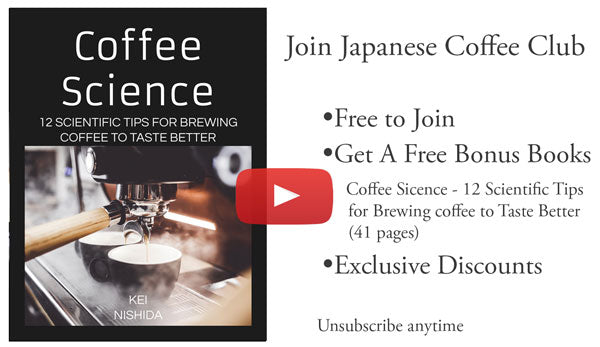
Sign up for free to the Coffee Club to get advice and exclusive articles about how to choose Japanese Coffee, and tips, tricks, and recipes for enjoying Japanese coffee.
About the author
Kei Nishida
Author, CEO Dream of Japan
Certification: PMP, BS in Computer Science
Education: Western Washington University
Kei Nishida is a passionate Japanese tea and coffee connoisseur, writer, and the founder and CEO of Japanese Coffee Co. and Japanese Green Tea Co., both part of Dream of Japan.
His journey began with a mission to introduce the world to the unparalleled quality of Japanese green tea. Through Japanese Green Tea Co., he established the only company that sources premium tea grown in nutrient-rich sugarcane soil—an innovation that led to multiple Global Tea Champion awards.
Building on this success and his passion for Japanese craftsmanship, Kei expanded into the world of coffee, pioneering the launch of Japanese Coffee Co., the first company to bring Sumiyaki charcoal-roasted coffee to a global audience. His dedication to authenticity and quality ensures that this traditional Japanese roasting method, once a well-kept secret, is now enjoyed worldwide.
Beyond tea and coffee, Kei has also introduced Japan’s legendary craftsmanship to the world through Japanese Knife Co., making handmade katana-style knives—crafted by a renowned katana maker—available outside Japan for the first time.
Kei’s journey continues as he seeks out and shares the hidden treasures of Japan, one cup and one blade at a time.
Learn more about Kei



